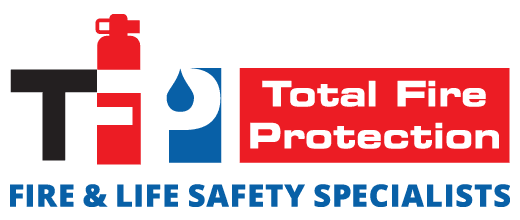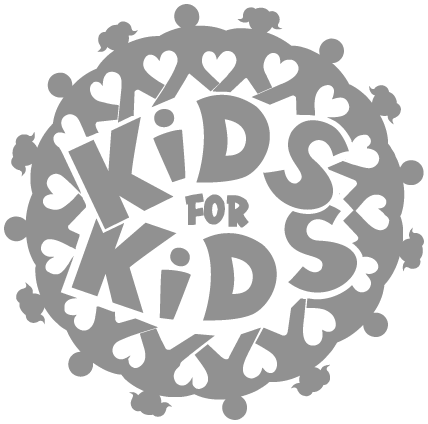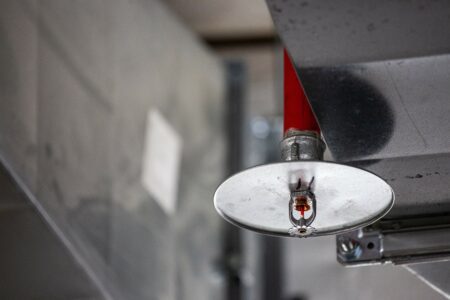 The fire sprinkler system in your commercial building or the building you manage is an essential safety feature. For this reason, you want to be sure it’s always in good working order. For legal reasons, you also want to ensure your fire safety system is in compliance and doesn’t face violations for not being in compliance.
The fire sprinkler system in your commercial building or the building you manage is an essential safety feature. For this reason, you want to be sure it’s always in good working order. For legal reasons, you also want to ensure your fire safety system is in compliance and doesn’t face violations for not being in compliance.
Here are some things to know about what may constitute a fire sprinkler system non-compliance and how to fix these violations should they occur.
Common Fire Sprinkler System Non-Compliances
Depending on local regulations in your town or city and the type of business you operate, fire sprinkler systems have many compliance requirements. If you don’t follow these requirements, you will receive a violation from the local governmental entity. Additionally, non-compliant fire sprinkler systems can be a safety hazard. Here are some common fire sprinkler system non-compliances that may occur:
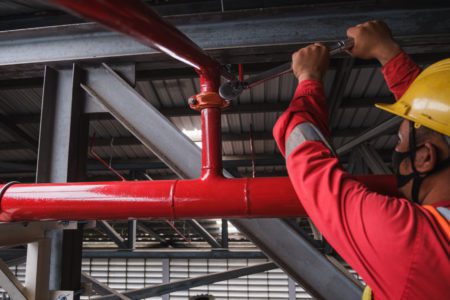 Obstructed Pipes or Sprinkler Heads: Buildup of sediment and corrosion can cause fire sprinkler pipes and sprinkler heads to become obstructed, which means they may not work when they need to or not do the most efficient job. Regular testing of these areas will identify any blockages, which you can then have repaired by a fire safety professional.
Obstructed Pipes or Sprinkler Heads: Buildup of sediment and corrosion can cause fire sprinkler pipes and sprinkler heads to become obstructed, which means they may not work when they need to or not do the most efficient job. Regular testing of these areas will identify any blockages, which you can then have repaired by a fire safety professional.- Overtightened Pipes: If the fire sprinkler system pipes are too tight, this could cause them to break or malfunction. Tightening the fire pump packing gland can result in the fire packing drying out, heating up, and scoring the shaft. It’s important to note that this part of the fire sprinkler system will experience some leakage.
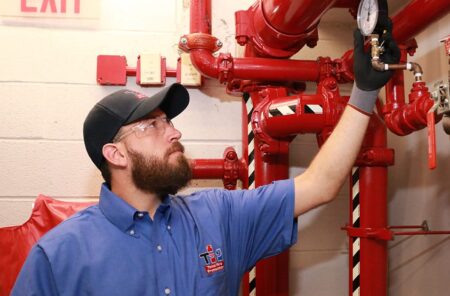 System is Outdated: If the fire sprinkler or standpipe system gauges are more than five years old, it may be time for a replacement. A recent calibration test is also vital.
System is Outdated: If the fire sprinkler or standpipe system gauges are more than five years old, it may be time for a replacement. A recent calibration test is also vital.- System is Past Inspection: The fire safety system must also undergo regular inspections to ensure all aspects of the system are in proper working order. According to NFPA 25, the national standard for fire safety systems, various inspections must be completed monthly, quarterly, and annually. Follow these guidelines to ensure your system is in compliance. Your fire safety system may be non-compliant if you don’t complete these inspections.
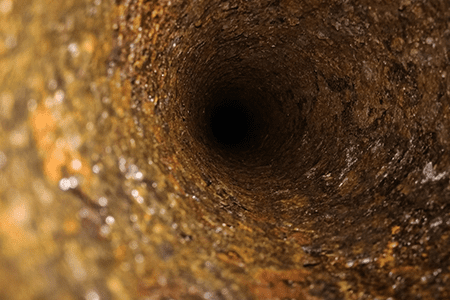 Biological Growths: Biological growths in your fire sprinkler system can lead to microbiologically influenced corrosion, which in turn can cause your system to malfunction. Moreover, the buildup of bacteria and fungi in your fire safety system can be an unhealthy source of contamination. These growths may also render your fire safety system non-compliant.
Biological Growths: Biological growths in your fire sprinkler system can lead to microbiologically influenced corrosion, which in turn can cause your system to malfunction. Moreover, the buildup of bacteria and fungi in your fire safety system can be an unhealthy source of contamination. These growths may also render your fire safety system non-compliant.- Using Water from a Raw/Unfiltered Water Source: Raw and unfiltered water sources can cause your fire safety system to experience biological growth obstructions. These blockages can cause your system to fail, not pass inspection, and result in noncompliance with fire safety regulations.
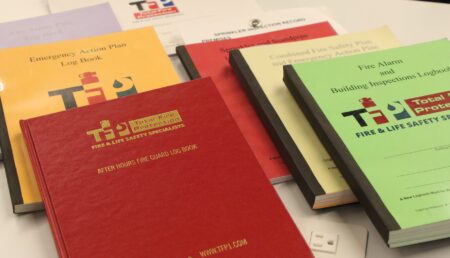 Backflow Error: If your system has a backflow error, this may cause non-compliance. A backflow error occurs when the fire safety system’s water goes the opposite way. This may cause the sprinklers not to work and render your system non-compliant.
Backflow Error: If your system has a backflow error, this may cause non-compliance. A backflow error occurs when the fire safety system’s water goes the opposite way. This may cause the sprinklers not to work and render your system non-compliant.- Improper Records/Item Inventory: NFPA 25 requires building owners and managers to keep proper records and item inventory of the fire safety system in the building. The building will be non-compliant if these records are incomplete or missing.
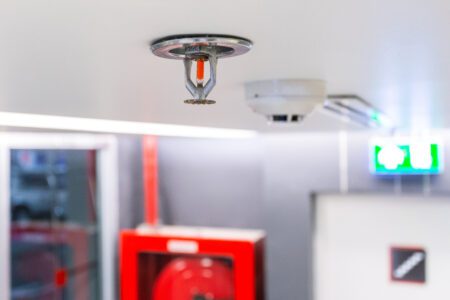
Next Steps
To keep your fire safety system in compliance with local regulations and national standards, it’s essential to follow all rules carefully. Total Fire Protection can help! When you partner with Total Fire Protection, you can rest assured that your building’s fire safety system will be in compliance and in good working order. Fire protection specialists offer many services and products to help you do all this and more.
